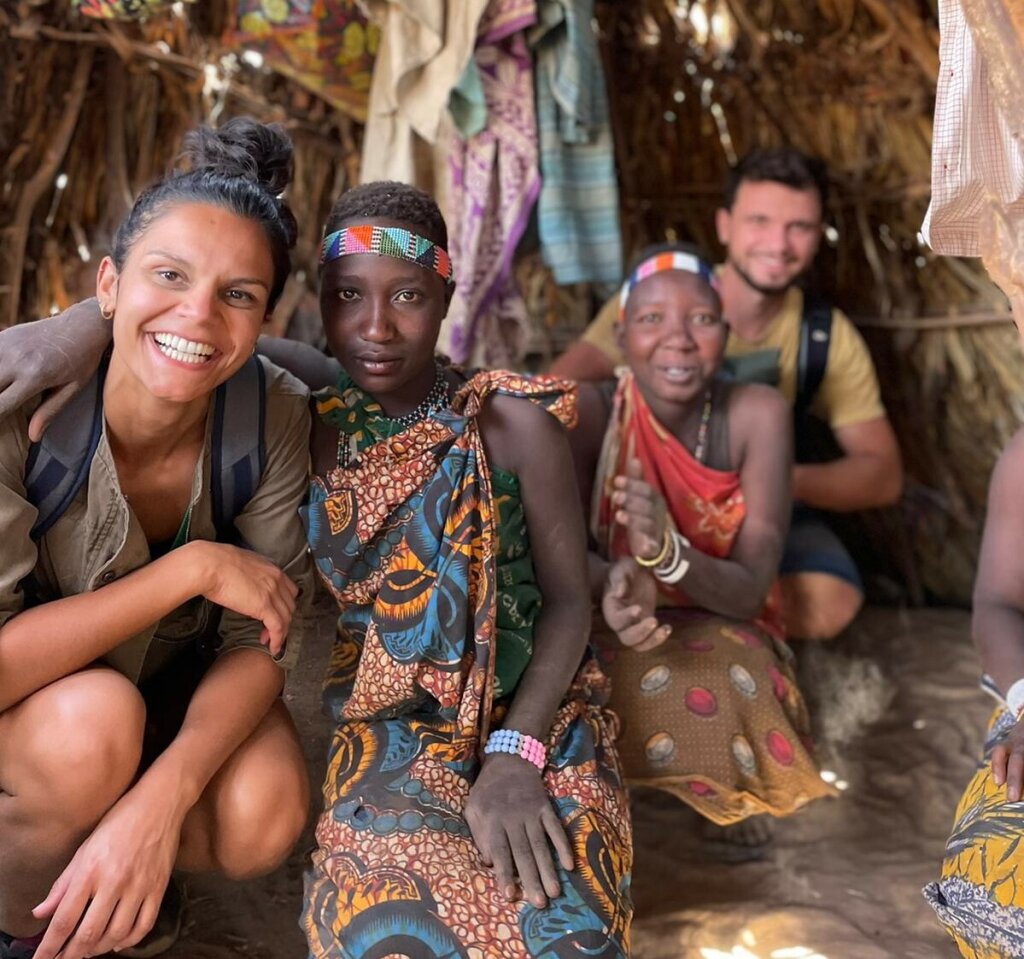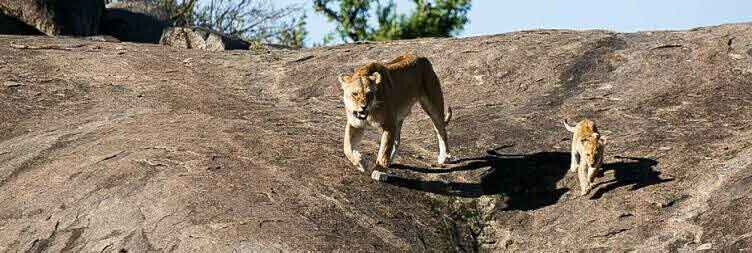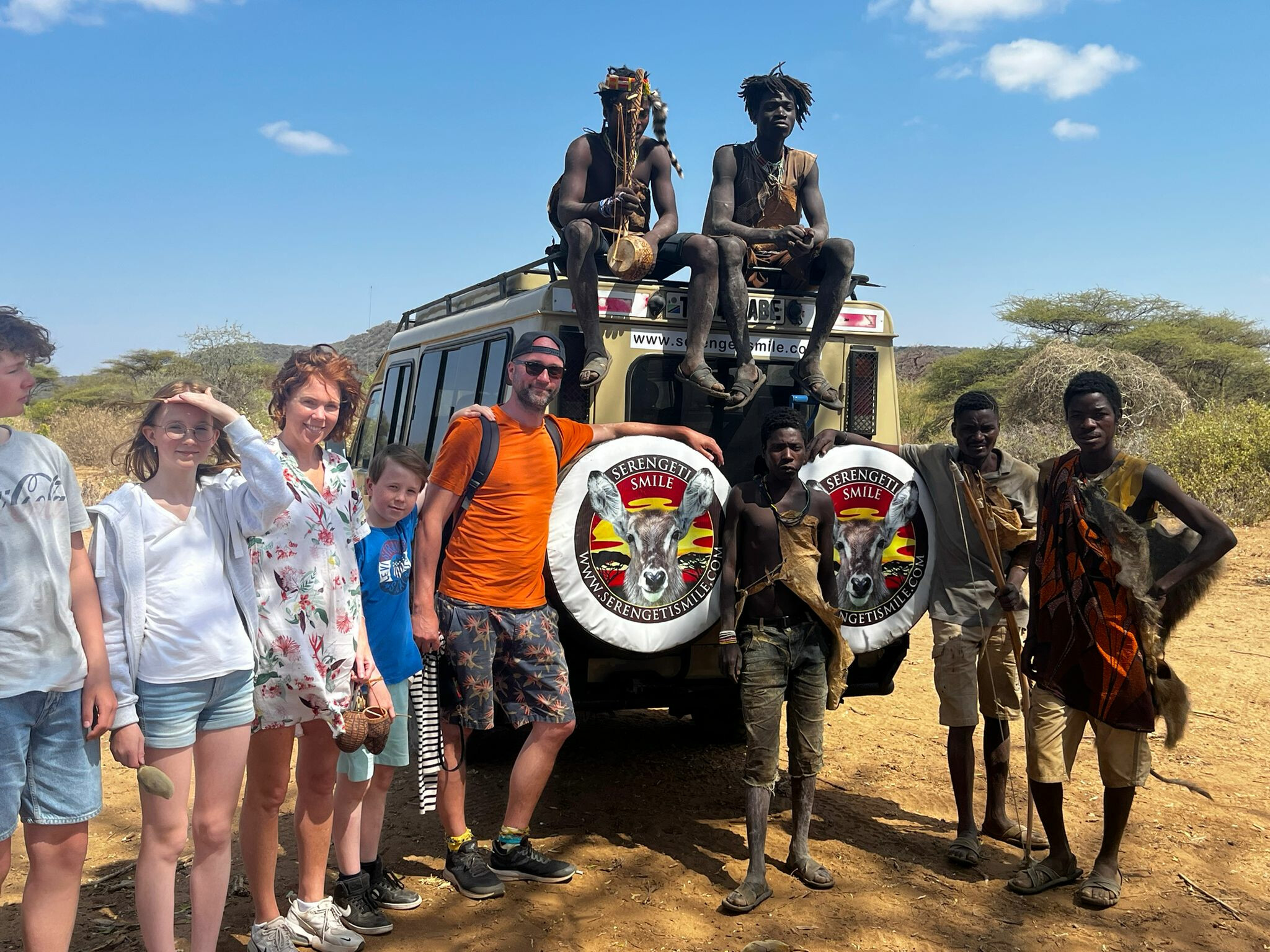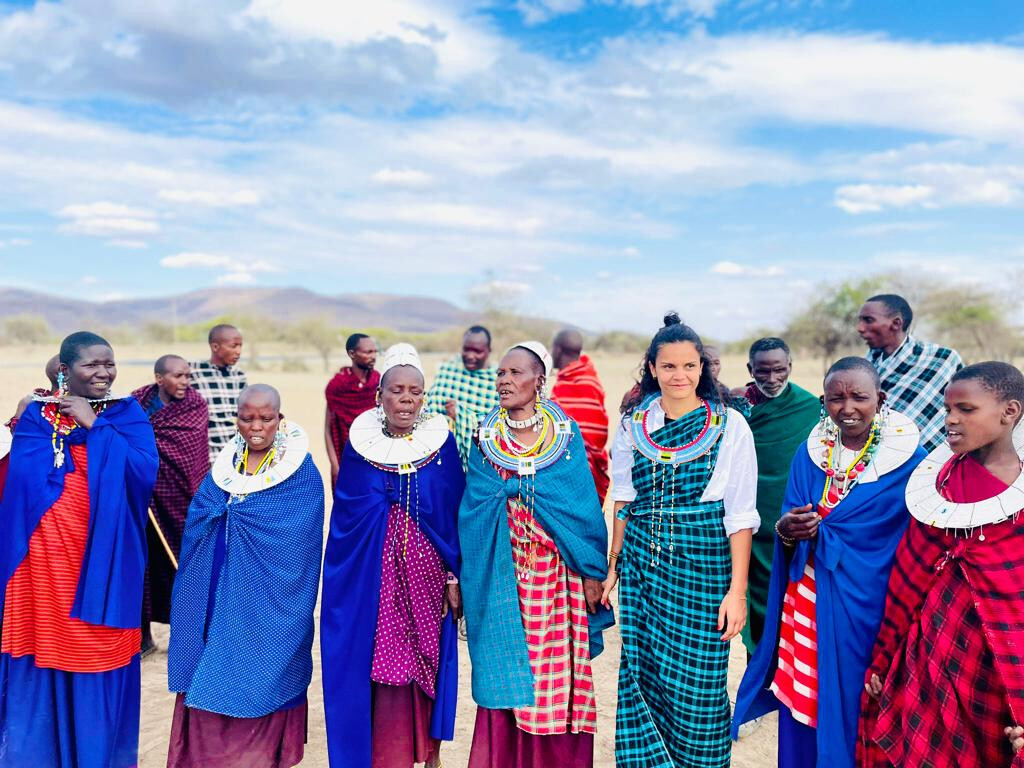How To Explore The Most Beautiful Tribes in Tanzania: A Traveler's Guide
Hey there, wanderlust friend! Are you dreaming of exploring the captivating landscapes of Tanzania? Well, pack your bags and bring your curiosity because we're about to dive into the heart of Tanzania’s rich cultural diversity.
This article will introduce you to the top 5 most beautiful tribes in Tanzania that you must see. These tribes aren’t just beautiful but also in their traditions, history, and way of life. Ready? Let’s get started!
Overview of Tanzania's Cultural Diversity
Tanzania is a treasure trove of cultural diversity. With over 120 tribes, each with its unique traditions and lifestyles, it’s a melting pot of languages, rituals, and stories. From the bustling urban centers to the tranquil rural areas, the vibrant cultures of these tribes contribute to the country’s unique identity.
Beyond The Safari: Discovering The Top 5 Most Beautiful Tribes in Tanzania, Their History and Traditions
1. The Maasai Tribe

History and Origins
The Maasai tribe, one of the most famous in Tanzania, has roots that trace back hundreds of years. Originating from the Nile Valley in Sudan, they migrated southward and settled in Tanzania and Kenya. The Maasai are known for their nomadic lifestyle, herding cattle across the savannas.
Traditional Attire
When you think of the Maasai, you might picture their striking traditional attire. They’re often seen draped in bright red shukas (blankets) and adorned with elaborate beadwork. This distinctive dress isn’t just for show; it’s a symbol of their identity and a reflection of their close-knit community.
Cultural Practices and Ceremonies
The Maasai have rich cultural practices, including their famous jumping dance, "Adumu." This dance is part of their coming-of-age ceremonies, where young warriors (Morans) demonstrate their strength and agility. Their ceremonies are a colorful display of song, dance, and storytelling.
2. The Hadzabe Tribe

Ancient Hunter-Gatherers
The Hadzabe tribe is one of the last remaining hunter-gatherer groups in Africa. Living near Lake Eyasi, they have preserved their ancient way of life for thousands of years. They hunt games with bows and arrows and gather wild fruits and honey.
Unique Language and Communication
The Hadzabe speak a unique click language, which is as fascinating as it is complex. Their communication is an essential part of their identity, and it plays a crucial role in their daily lives and survival.
Lifestyle and Traditions
Life in the Hadzabe tribe is deeply connected to nature. Their knowledge of the land is profound, allowing them to thrive in their environment. They live in small, temporary huts and have a rich oral tradition, sharing stories and wisdom through generations.
3. The Chaga Tribe
Agricultural Heritage
Nestled on the slopes of Mount Kilimanjaro, the Chaga tribe is renowned for their agricultural prowess. They’ve cultivated the fertile volcanic soil for centuries, growing crops like bananas and coffee, which are integral to their economy and cuisine.
Traditional Crafts and Artistry
The Chaga are also skilled craftsmen. They create beautiful woven baskets and intricate beadwork. These crafts are practical and serve as a means of artistic expression.
Social Structure and Community Life
Chaga society is structured around extended family units. They value community and cooperation, and their villages are often a hive of activity, with everyone contributing to the collective well-being.
4. The Datoga Tribe
Metalworking Skills
The Datoga tribe in the Great Rift Valley are master metalworkers. They’ve been crafting tools, jewelry, and other items from metal for centuries. This skill is not just a trade but a crucial part of their cultural heritage.
Traditional Clothing and Jewelry
Datoga people wear distinctive clothing made from animal hides and adorned with metal jewelry. Their appearance is practical and symbolic, representing their connection to their ancestors and land.
Marriage Customs
Marriage in the Datoga tribe is a significant event, marked by elaborate customs and ceremonies. It involves not just the union of two individuals but the joining of families and the continuation of cultural traditions.
5. The Sukuma Tribe
Historical Significance
The Sukuma are Tanzania’s largest tribe, with a history that dates back to the early 17th century. They’ve played a crucial role in the region’s history, particularly in agriculture and trade.
Music and Dance
Sukuma culture is rich in music and dance. They have a variety of traditional dances, each with its specific meaning and purpose. These performances are vibrant and integral to their cultural festivals and ceremonies.
Daily Life and Practices
Daily life in the Sukuma tribe revolves around farming, cattle herding, and community activities. Their social structure is built on mutual respect and cooperation, with everyone playing a role in the community’s well-being.
Final Thoughts:
Tanzania's tribes offer a window into the past and a vibrant part of the present. From the nomadic Maasai to the hunter-gatherer Hadzabe, the agricultural Chaga, the metalworking Datoga, and the culturally rich Sukuma, each tribe brings something unique to the table.
Visiting these tribes isn’t just about witnessing their beauty; it’s about understanding their resilience, connection to the land, and rich traditions. So, next time you find yourself in Tanzania, make sure to immerse yourself in the cultures of these remarkable tribes. It’s an experience you’ll never forget.
 EN
EN
 FR
FR
 IT
IT




